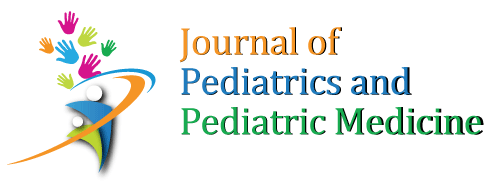Whole Sporozoite Vaccination: Duration between Successive Immunization Dictates the Fate Of Protective Immunity
Rajesh Parmar1, Hardik Patel2, Sarat K. Dalai1*
1Institute of Science, Nirma University, Ahmedabad, Gujarat, India
2Center for Global Infectious Disease Research, Seattle Children’s Research Institute, Seattle, Washington
Whole sporozoite vaccination (WSV) is considered a gold standard for inducing and providing sterile protection against Plasmodium infection. Multiple doses of immunizations with radiation-attenuated sporozoites (RAS) is essential for establishing complete sterile protection against Plasmodium infection in mice as well as in humans. In our recently published article1, we have shown that the pattern of vaccination with RAS determines the degrees of protection in mice and frequent immunization with RAS in optimum time duration helps in generating minimum threshold liver-stage (LS) specific CD8+ T cell memory responses leading to sterile protection. Further, we have shown that the alterations in successive RAS immunization could possibly affect the induction of sterile protection. In summary, animals receiving four successive doses generated 100% sterile protection. However, three successive doses with the same parasite inoculum as four doses, could induce sterile protection in ∼50% mice. Interestingly, mice immunized with the same 3 doses, but with longer gap, could not survive the challenge.
DOI: 10.29245/2578-2940/2019/3.1148 View / Download Pdf Barriers to Current Guidelines in the Management of Pediatric Acute Otitis Media
Tiffanie Bourgeois1, Catie Griffith1, Ema-Chanel Johnson1*, Betty Leblanc1, Brooke Melancon11Northwestern State University of Louisiana in Shreveport
This review’s purpose is to identify barriers on adherence of treatment guidelines in the management of pediatric Acute Otitis Media (AOM). The American Academy of Pediatrics (AAP) and American Academy of Family Physicians (AAFP) released revised AOM practice guidelines in 2013. These guidelines address diagnosis and management of AOM in healthy pediatric patients from six months to 12 years of age. AOM is the most common reason children are prescribed antibiotics1. Previous and continued antibiotic overuse presents increasing problems pertaining to antibiotic resistance, overall children’s health, and healthcare costs2. This guideline recommends treatment should be based on presenting signs and symptoms with severity being key in treatment, while conserving antibiotic use. This guideline includes diagnostic criteria, promotes the use of pneumatic otoscopy, and provides appropriate treatment regimens based on findings. Despite this, there is evidence that these guidelines are not being followed in multiple disciplines that provide care to this population.
A comprehensive review of the literature obtained from several databases, produced 650 articles after inclusion and exclusion criteria was applied. In order to include the highest possible level of research, the articles were individually reviewed, and 19 articles were included in this review. Major barriers identified included factors regarding providers, parents, AOM severity and complications, concerns for follow-up care, and other clinical related factors. This literature review identified and compares these multidisciplinary barriers in hope of understanding reasons for the lack of guideline adherence and possibly help facilitate behavioral changes to improve patients’ wellbeing.
DOI: 10.29245/2578-2940/2019/3.1146 View / Download Pdf